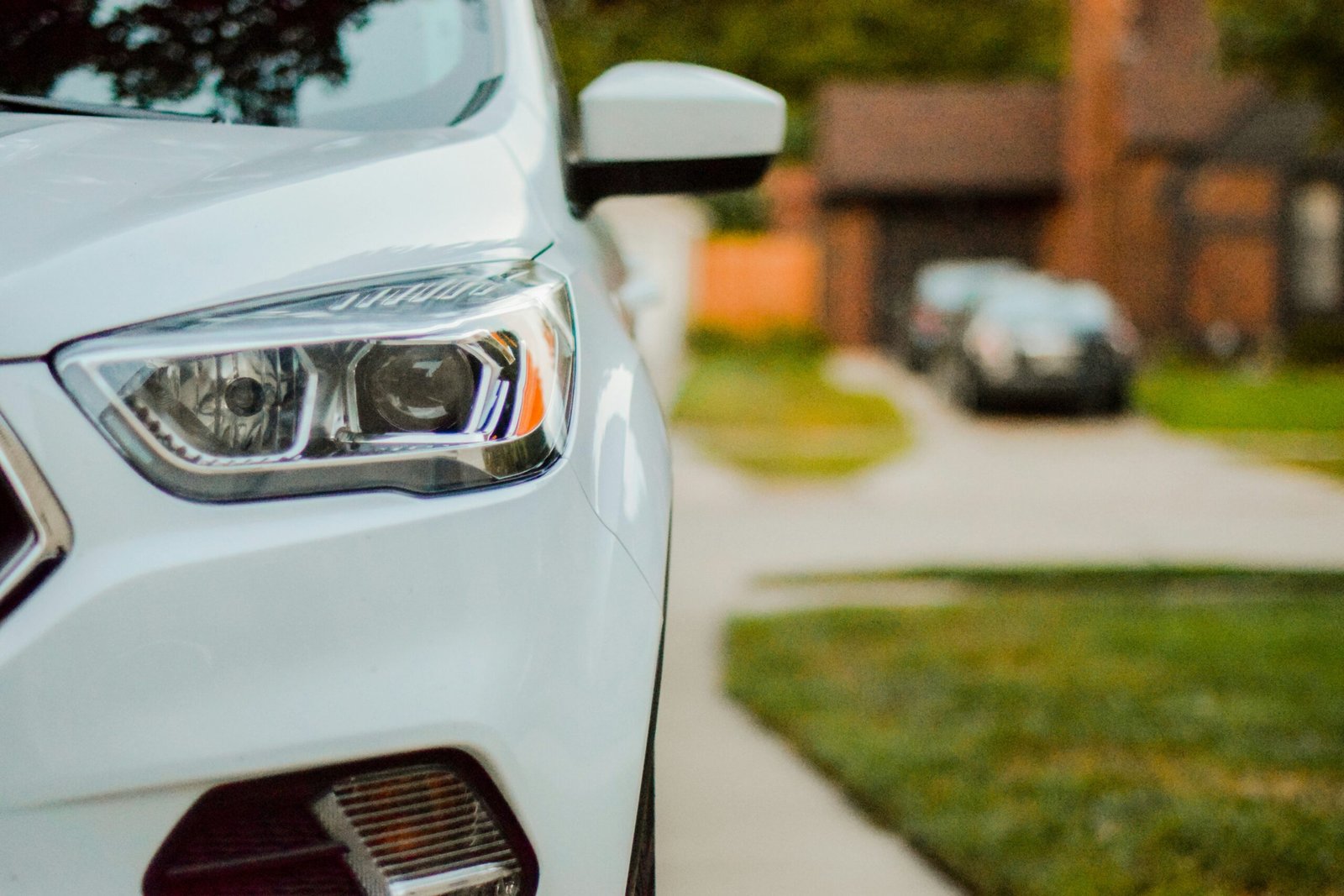Introduction to Car Insurance Coverage
Car insurance is a vital safeguard for vehicle owners, offering financial protection against unexpected incidents that could lead to substantial monetary losses. The primary purpose of auto insurance is to mitigate the financial risks associated with vehicle ownership, such as accidents, theft, and natural disasters. By securing appropriate vehicle insurance, drivers can ensure they are covered for various potential damages and liabilities.
There are several types of car insurance coverage available, each designed to address specific risks and needs. The two main types of auto insurance coverage that often come under discussion are comprehensive and collision coverage. Understanding these two coverage options is crucial for making informed decisions about the level of protection required for one’s vehicle.
Comprehensive coverage provides financial protection against non-collision-related incidents. This type of motor insurance covers a wide range of events, including theft, vandalism, fire, natural disasters, and damage caused by animals. Essentially, it addresses all the situations where the car might be damaged or lost due to factors other than a collision with another vehicle or object.
On the other hand, collision coverage focuses specifically on damages resulting from collisions. Whether the accident involves another vehicle or an object, such as a tree or a guardrail, collision coverage ensures that the costs of repairing or replacing the damaged vehicle are covered. This type of coverage is particularly important for addressing the financial repercussions of accidents where the driver is at fault.
By understanding the distinct purposes and benefits of comprehensive and collision coverage, vehicle owners can make more informed choices about their insurance needs. This foundational knowledge sets the stage for a deeper exploration of each coverage type, ensuring that drivers are well-equipped to protect themselves from financial burdens resulting from unforeseen circumstances.
Comprehensive coverage, often referred to as “comp coverage,” is a type of auto insurance that provides financial protection against a wide range of non-collision-related incidents. Unlike standard vehicle insurance that primarily addresses accidents involving other vehicles, comprehensive coverage extends to damages caused by factors beyond your control. These may include theft, vandalism, natural disasters such as floods or hurricanes, and even damage from animals. For instance, if a tree falls on your car during a storm or if your vehicle is stolen, comprehensive coverage would come into play to cover the repair or replacement costs.
One of the significant benefits of comprehensive coverage is its extensive protection against various unforeseen events. This makes it an invaluable addition to your auto insurance policy, especially if you live in areas prone to natural disasters or have concerns about vehicle theft or vandalism. The coverage generally includes scenarios such as fire, hail, falling objects, and even civil disturbances that result in damage to your vehicle.
However, comprehensive coverage does come with its set of exclusions and limitations. It typically does not cover damages stemming from a collision with another vehicle, which is usually covered under collision coverage. Additionally, it won’t cover normal wear and tear, mechanical breakdowns, or damage caused by driving under the influence. Therefore, it’s essential to review the terms and conditions of your motor insurance policy to understand the specific exclusions and limitations.
While comprehensive coverage is optional, it is highly recommended for those who want an additional layer of protection against non-collision-related incidents. This is particularly useful for individuals who have financed or leased their vehicles, as lenders often require comprehensive coverage to safeguard their investment. Ultimately, incorporating comprehensive coverage into your auto insurance plan can offer peace of mind by ensuring you are protected against a broad spectrum of potential risks.
What is Collision Coverage?
Collision coverage is a type of auto insurance designed to protect the policyholder against financial loss stemming from damage to their vehicle as a result of a collision. Specifically, this coverage addresses damage incurred when the insured vehicle collides with another vehicle or an object, such as a tree, fence, or building. Unlike liability insurance, which covers damage to other parties, collision coverage ensures that the policyholder’s vehicle repair or replacement costs are addressed, irrespective of fault.
One critical aspect of collision coverage is its role in financing or leasing a vehicle. Financial institutions and leasing companies often mandate collision coverage as a prerequisite for loan or lease approval. This requirement ensures that their investment in the vehicle is safeguarded against potential damages. Consequently, having collision coverage becomes an essential consideration for anyone financing or leasing a car.
Typical exclusions of collision coverage should also be noted. It generally does not cover damage resulting from non-collision-related incidents such as theft, vandalism, or natural disasters; these scenarios are typically covered under comprehensive insurance. Additionally, it does not pay for medical expenses, which are covered under personal injury protection or medical payments coverage.
Collision coverage is most beneficial in specific circumstances. For example, it is particularly advantageous for newer vehicles where the cost of repairs or replacement would be substantial. It also proves useful for drivers who may be at a higher risk of collision due to heavy traffic commutes or less experienced driving skills. Considering the potential out-of-pocket expenses for vehicle repairs or replacement, the value of collision coverage cannot be overstated.
Comparing Comprehensive and Collision Coverage
When considering motor insurance options, it’s crucial to understand the distinctions between comprehensive and collision coverage. Both types of vehicle insurance serve different purposes and cater to various scenarios that a policyholder might encounter.
Comprehensive coverage, often referred to as “other than collision” coverage, provides protection against a wide range of incidents that are not related to a collision. This includes theft, vandalism, natural disasters, fire, and damage caused by animals. Essentially, it covers events that are generally out of the driver’s control. On the other hand, collision coverage specifically addresses damages resulting from a collision with another vehicle or object, such as a tree or guardrail, regardless of who is at fault.
In terms of cost, comprehensive coverage is typically more affordable than collision coverage. This is because the likelihood of filing a claim for a comprehensive event is generally lower than for a collision. However, the actual cost varies based on factors like the vehicle’s make and model, the driver’s history, and the deductible chosen. Collision coverage tends to be more expensive due to the higher probability of accidents and the substantial repair costs that often follow.
Deciding between the two types of coverage depends on several factors. The vehicle’s value is a significant consideration; for an older car with lower market value, comprehensive coverage might suffice. However, for a newer, more expensive vehicle, both comprehensive and collision coverage are advisable to ensure full protection. Additionally, the policyholder’s driving habits play a role. If you frequently drive in high-traffic areas or have a long daily commute, collision coverage becomes increasingly important. Conversely, if your car is parked most of the time or you live in a low-crime area, comprehensive coverage might be more relevant.
Overall risk assessment should also guide your decision. Evaluating the potential risks your vehicle faces, whether from environmental factors or driving conditions, will help in choosing the right coverage. Practical advice includes regularly reviewing your insurance needs, considering factors like changes in your driving patterns or the depreciation of your vehicle, and consulting with an insurance advisor to tailor your policy accordingly.










